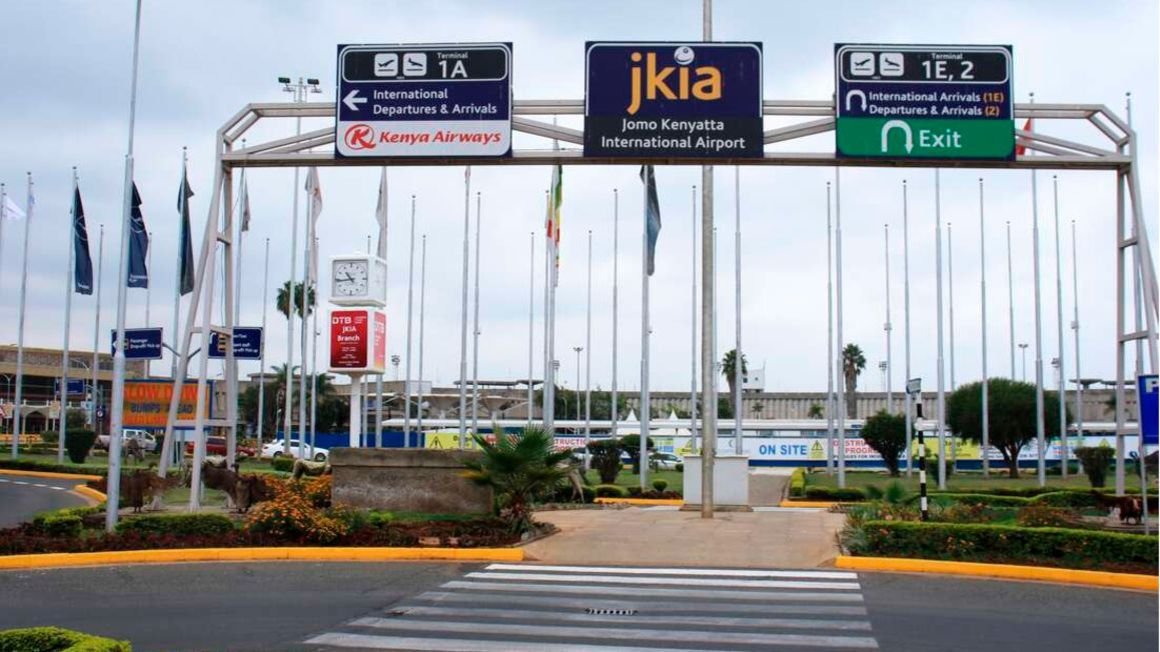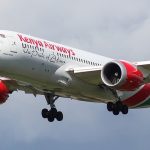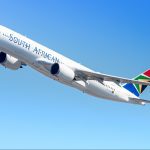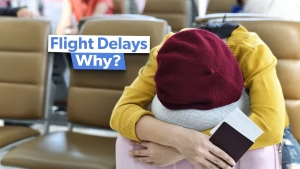More than 15 flights were on Wednesday night redirected from Kenya’s main airport to as far as Dar es Salaam after a plane stalled, putting its single runway under the spotlight.
The incident, which started at 5 pm, caused a four-hour delay in landings and takeoffs.
The Kenya Civil Aviation Authority (KCAA) says nine flights that were due to land at the Jomo Kenyatta International Airport (JKIA) were diverted to Mombasa, three to Kilimanjaro, two to Entebbe and one to Julius Nyerere International Airport in Dar.
The aviation agency says four more aircraft that were due for departure to different destinations were also delayed.
The delays were occasioned when an aircraft belonging to Fly 540 developed a mechanical hitch on the front wheel, hampering all the activities on the airside.
The incident will lead to hotel booking refunds for affected passengers who were on transit and could have missed their flights following the incident.
KCAA director-general Gilbert Kibe said several attempts by engineering teams from different airlines to remove the stuck aircraft on the runway faced challenges as they were keen not to damage the nose wheel, which had malfunctioned.
“Several attempts to remove the aircraft by engineers was challenging, taking into account the need to avoid breakage of the nose wheel. It took four hours 30 minutes to remove the aircraft and resume normal operations,” said Mr Kibe.
This is just one of the many incidents that have seen flights at JKIA diverted to other airports following paralysis caused by a disabled aircraft on the runway.
In 2018, The Phoenix plane that was flying from Ukunda, Kwale County, developed a mechanical problem on the runway on JKIA following issues with its landing gear, causing a major delay that saw several flights diverted to other airports.
Kenya was supposed to expand the airport with the construction of the Green Field Terminal. However, the plans were cancelled by Transport Cabinet secretary James Macharia.
The JKIA runway is 4,117 metres long and 45 metres wide with 15 metres paved shoulders, making it a code E runway that can handle wide-body aircraft, including the Boeing B747.
JKIA was built in the 1970s to handle 2.5 million passengers annually but is struggling to handle more than six million people a year as its regional importance grows.
Source: Business Daily






